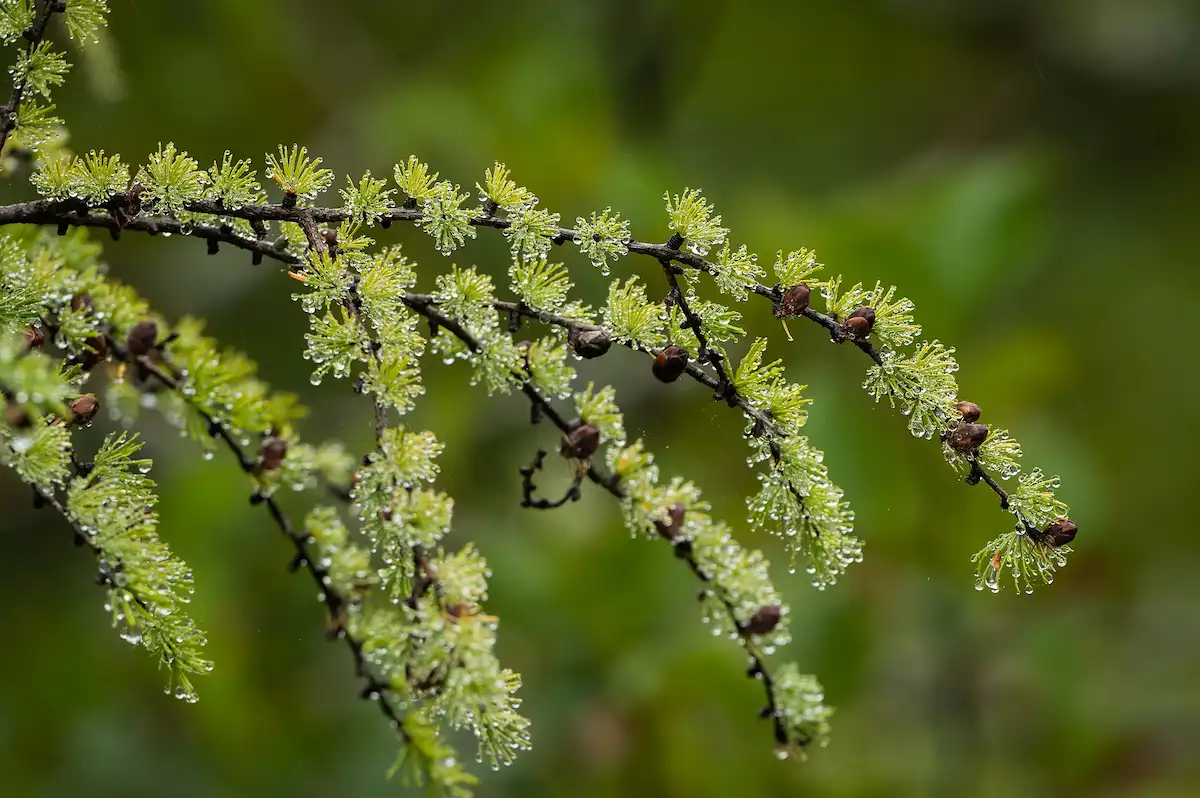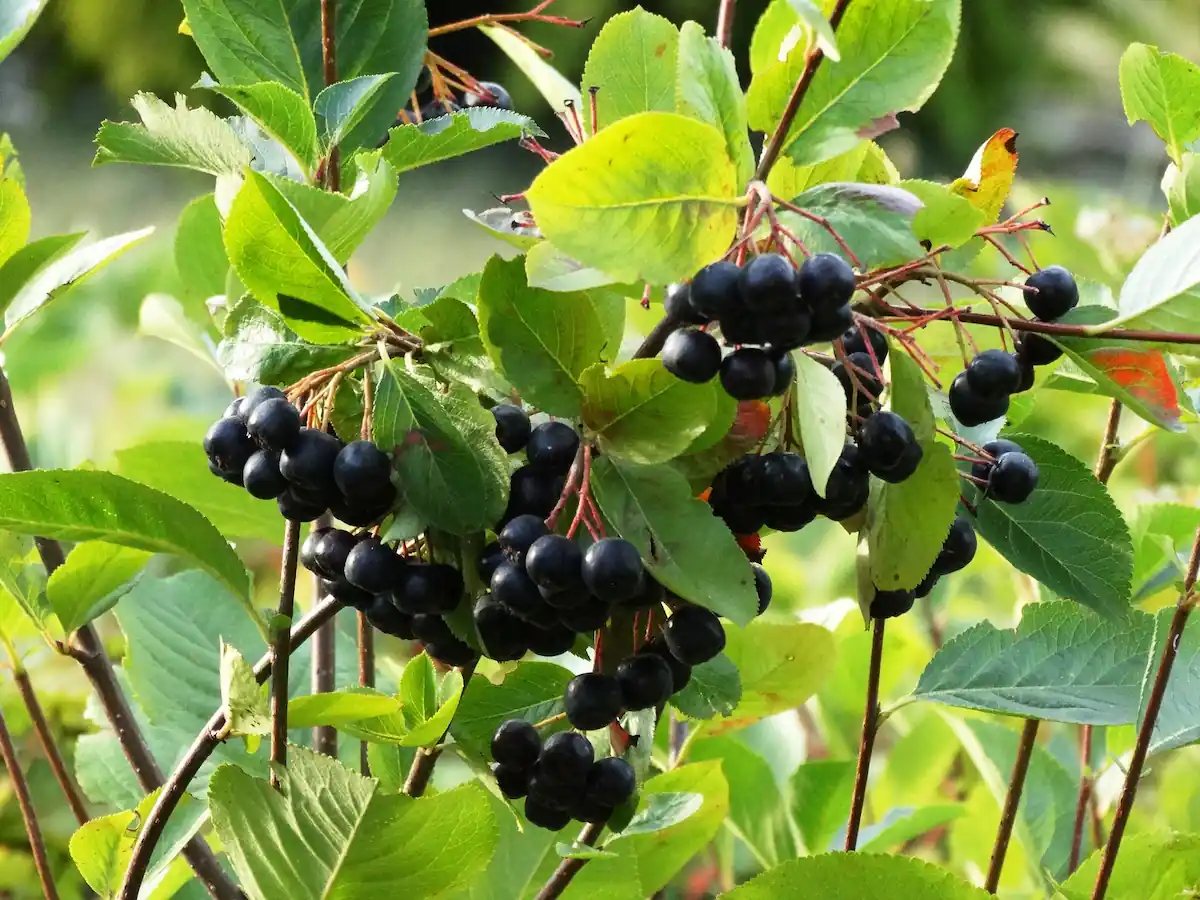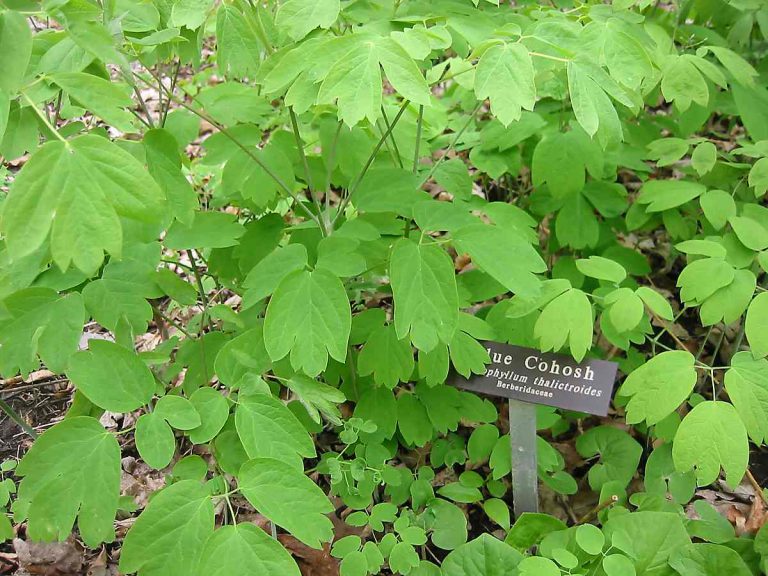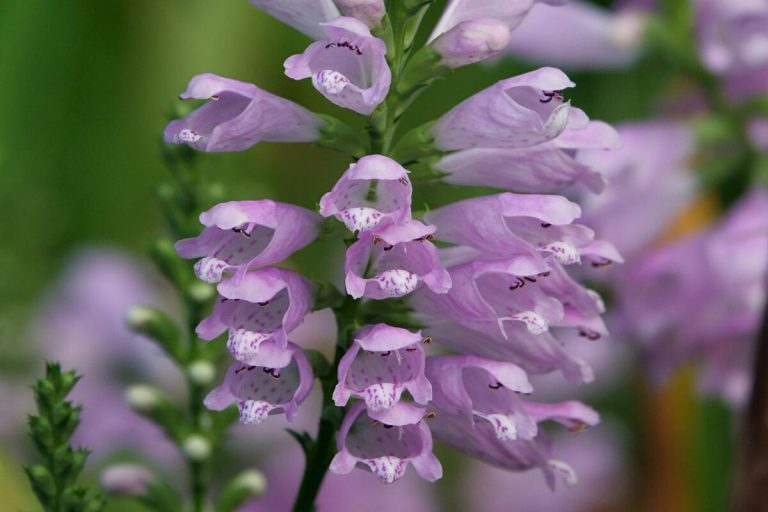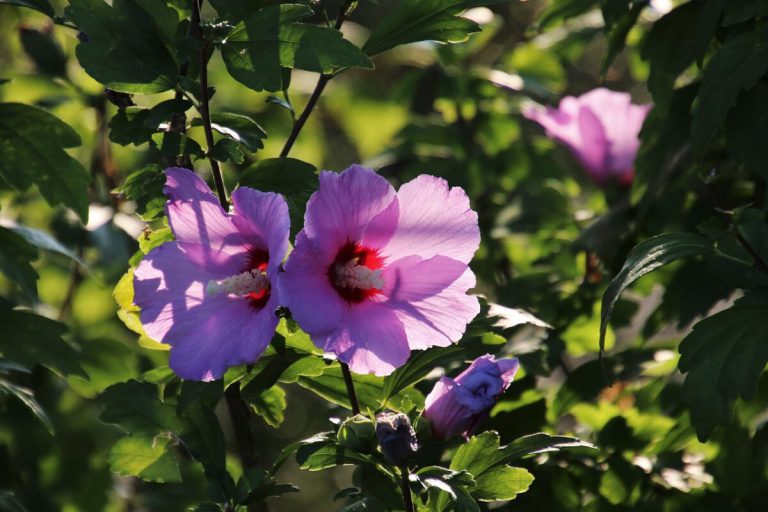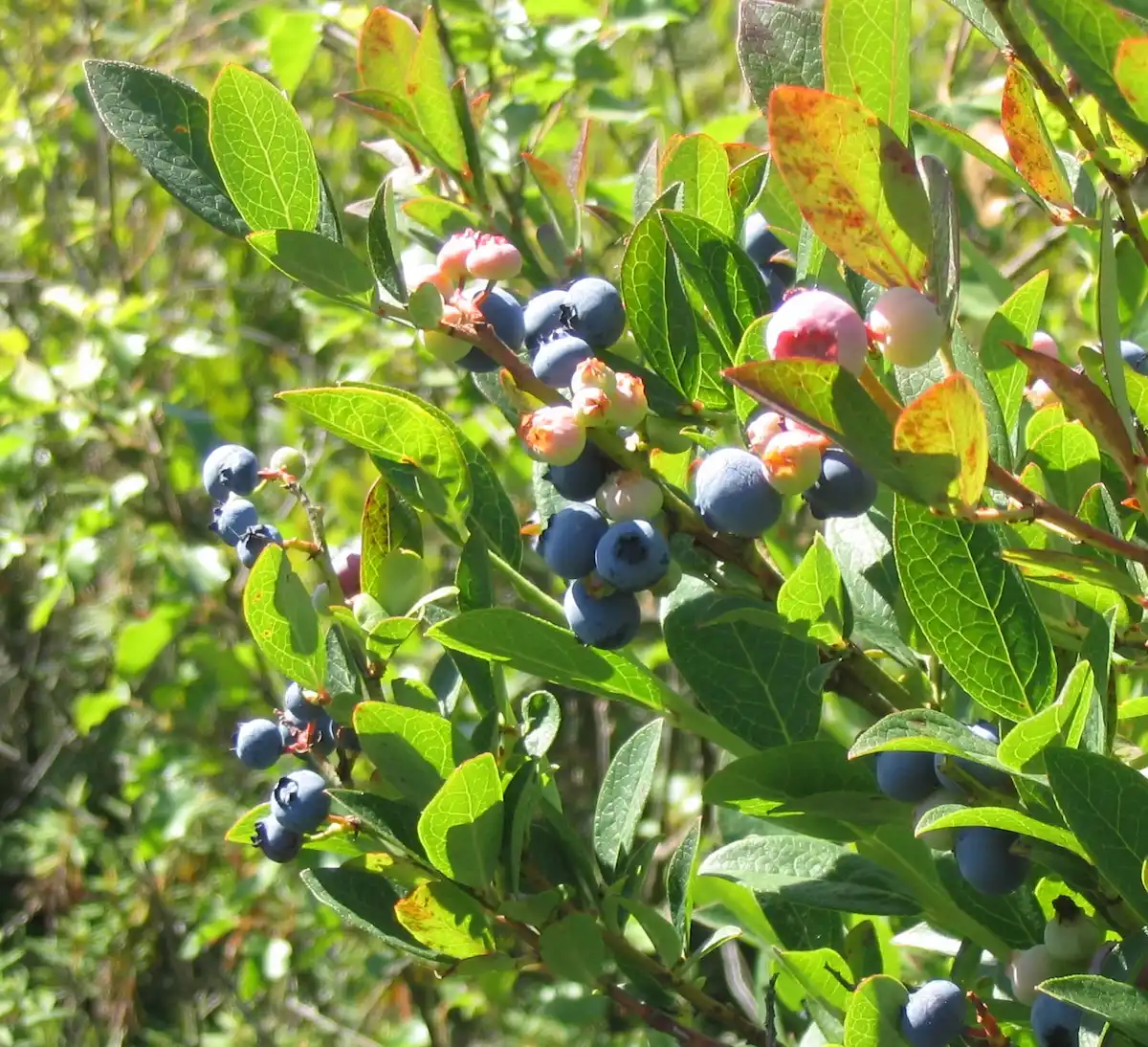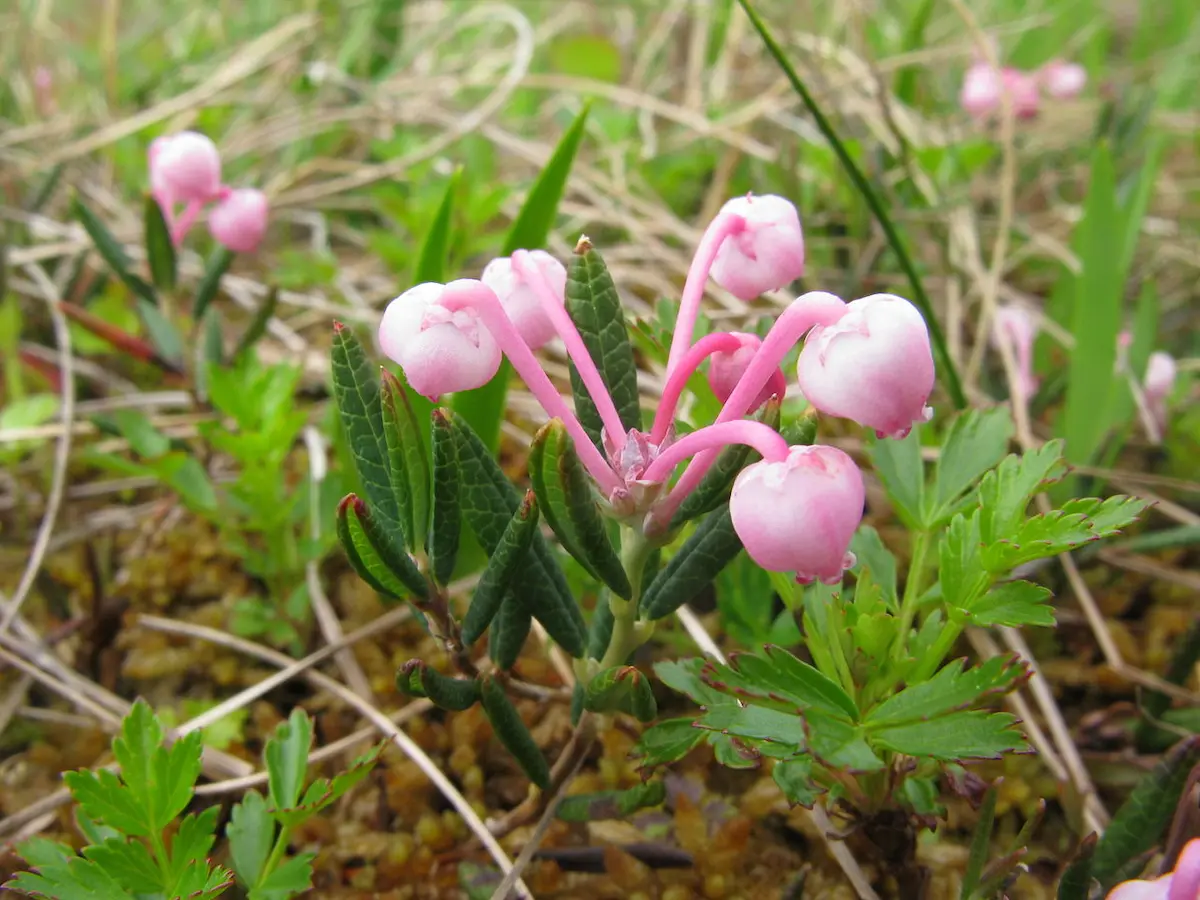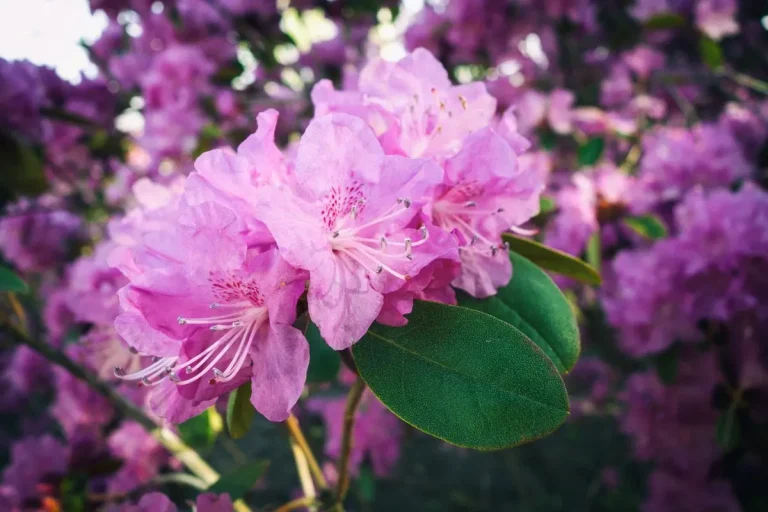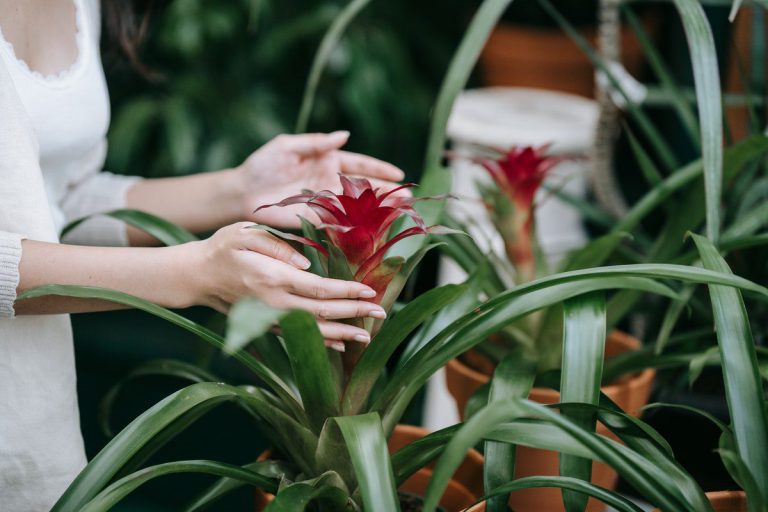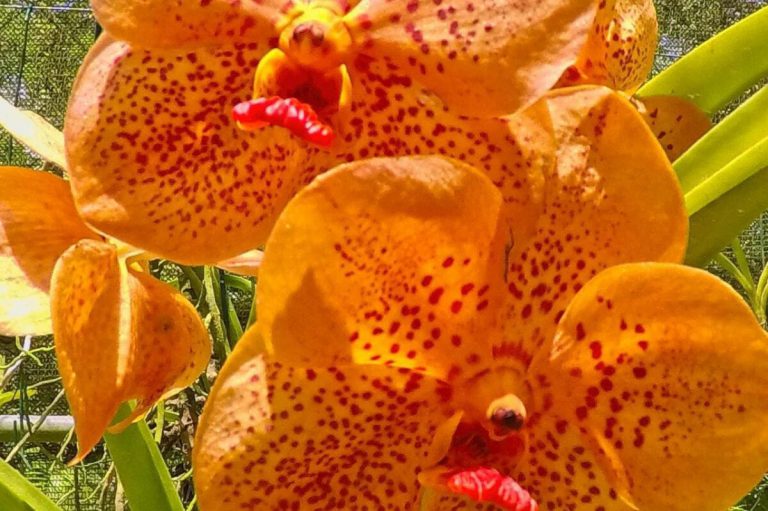Your cart is currently empty!
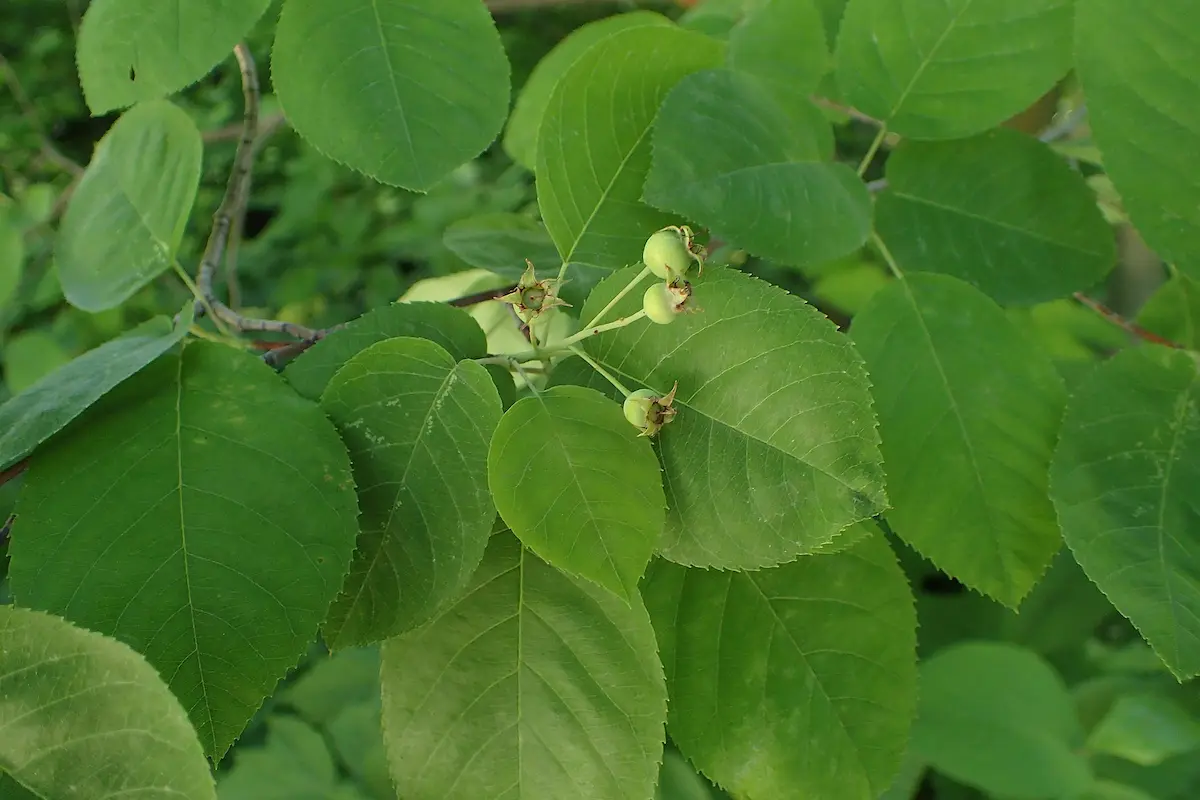
Downy Serviceberry Quick Growth Guide
The Downy Serviceberry (Amelanchier rubra) is a food source for over 40 bird species. Its berries can be utilized to produce jams and pies, offering a flavour reminiscent of those of the Highbush Blueberry. The serviceberry thrives in acidic, moist, and well-drained soils, though it demonstrates adaptability to various soil conditions. In natural habitats, it…







